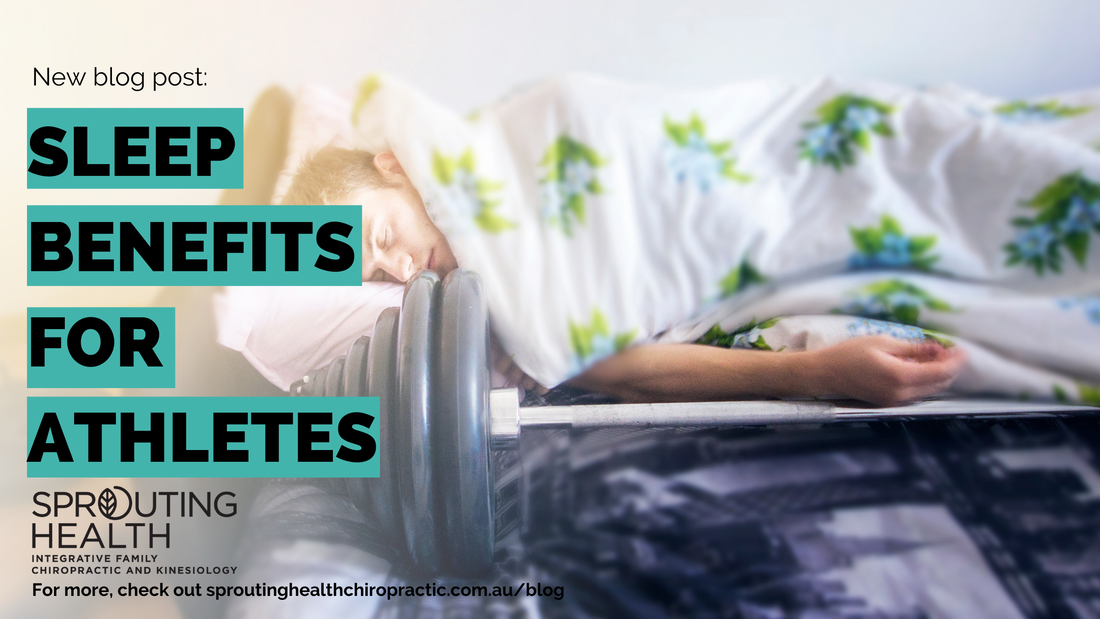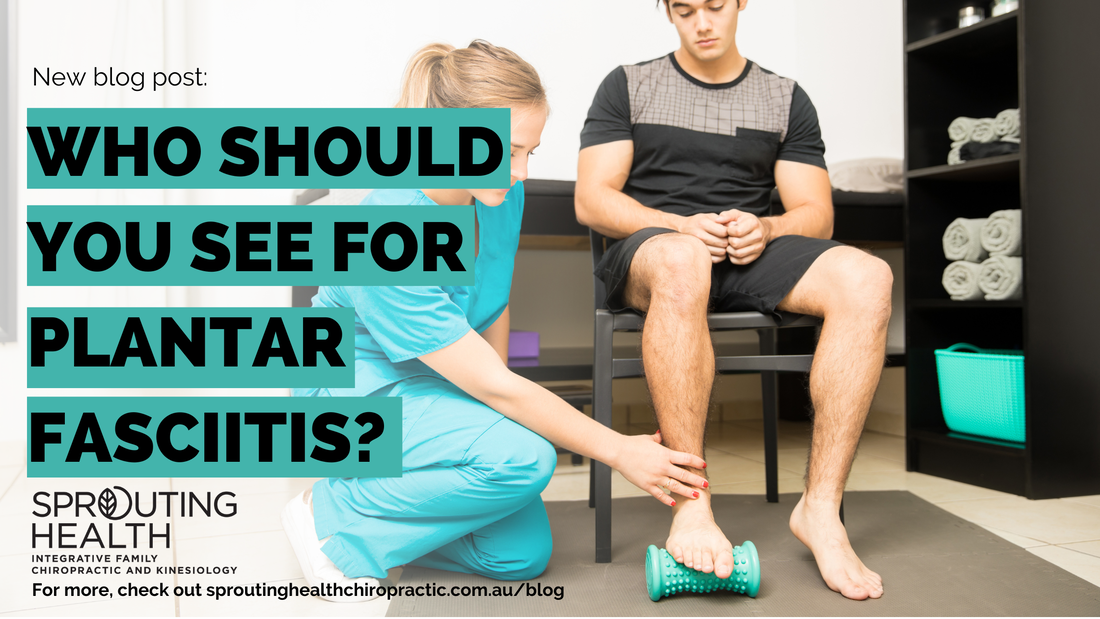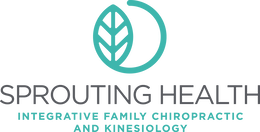|
When people think of chiropractors, they tend to think about our work on the spine. But did you know that we work on ALL the joints of the body? Yep, that’s right, from your head all the way down to your toes.
We find that this whole-body approach is extremely important in helping you reach your full potential. And this is even more important with our little ones. Our examination of adults children includes checking for dysfunctional movements of their arms and legs as well as their spine. A recent study done in Melbourne on 202 cases of neonates and infants under the age of 12 months found 153 cases had extremity dysfunction, with 177 instances present (1). Over 70% of these were the shoulder, followed by the wrist (5%), knee (5%), and elbow (2.5%). The majority of shoulder dysfunction was found on the right side. This has been suggested to be caused when the shoulder girdle (being the widest part) is passing through the pelvic outlet during the birthing process (2). Other causes have been listed as, in utero positioning of the baby, and post-natal. So, why is this significant? Well, the problem comes down to something we always talk about in practice. It’s called proprioception - how well can the brain see/feel what your body is doing. A recent study has shown that peripheral joint dysfunction will alter the proprioceptive feed back to the brain in as little as 10 hours (3). This was reversed by correcting the joint dysfunction. This tells us that if we find joints in our arms or legs that are not moving properly, it can impact on our ability to use them properly. This is important when we think of our little ones when they are learning things that we may take for granted, such as; crawling, walking, or even feeding ourselves.
0 Comments
An often overlooked intervention, sleep is extremely important in recovery and healing. Sleep is an essential body function that frequently does not get enough attention.
Traditionally, diet and exercise have been viewed as the two cornerstones to health and longevity. The three pillars of health should include diet, exercise, and sleep, - ignoring one causes the other two to suffer (1). In the athlete sleep deprivation has been shown in studies to have an effect on aspects such as reaction time, accuracy, strength and endurance, and cognitive function. Inadequate sleep duration in the general population has been associated with a myriad of negative health effects including neurocognitive, metabolic, immunologic and cardiovascular dysfunction (1). People who are sleep deprived may have impaired brain function that could affect judgment and/or decision-making, sleep deprivation has been associated with obesity and diabetes. Sleep-deprived individuals may crave unhealthy foods and potentially affect appetite, food intake, and protein synthesis. Impaired sleep also negatively affects growth hormone and cortisol secretion (stress hormone). Sleep deprivation increases pro-inflammatory cytokines, which impairs immune system function, impedes muscle recovery and repair from damage, results in slower/less accurate cognitive performance, and alters pain perception (1). For Athletes It is well documented that a period of intensified training resulting in reduced sleep duration and efficiency, is associated with a concomitant 67% increase in illness. (2) In addition, athletes who sleep less than 8 hrs per night increase their injury risk by 1.7 times, suggesting that sleep has a reparative and protective effect on recovery and injury risk. (3-6) Many different sleep disorders exist, and often people remain undiagnosed and untreated. For example Sleep apnea is a common condition that affects at least 10 % of the adult US population (1). Although typically considered a disease of obese men, lean individuals including elite athletes may suffer from this problem (1). There are many ways to manage sleep disorders and the cause of sleep disorders are varied, including things as obvious as pain. If you or someone you know suffers from sleep issues get in to Sprouting Health for an evaluation especially if pain is keeping you up as you now know Sleep is related to a HUGE amount of issues! References
Does your back or neck ever start to feel tight and sore? Do you sometimes just give it a bit of an extra tweak to get that cracking sound? Have you found yourself doing this more and more often? If you think this sounds like you, you aren’t the only one! Many people find relief from self-manipulation, but is it safe or healthy to perform this action on your own body?
The first thing to note is that the cracking sound that comes from moving a joint has nothing to do with your neck or back being ‘out’ and is actually just caused by a rapid exchange of gas within the joint. The noise itself in a controlled environment is harmless and is usually just a by-product of that joint moving – almost every joint in your body can make this sound if moved in the right way! As chiropractors, we often see patients who present with issues such as poor posture, trouble sleeping from pain, as well as general tension and discomfort, who say that cracking their own neck and back provides some relief. The movements required to crack your own neck and back are generating that sound that you enjoy, but also providing a stretch to the surrounding structures (muscles and ligaments). Oftentimes, people associate this noise with relief – either from tension or pain, however, you may notice that this relief is fairly short-lived (which is why you may find yourself doing it multiple times a day). Is it dangerous? If you happen to be gently stretching your back or neck and it emits a popping sound, don’t stress. The potential issues arise if you start to intentionally twist your neck and back, using harsh rapid movements (or even using your hands) to force your body to make that cracking sound. By using excessive force in this way, you are pushing the joints in your neck and back to move beyond their normal range of motion which may result in stretched ligaments and can lead to joint instability in the long term. This instability can lead to further issues such as nerve root irritation (pinched nerves) and muscle strain. We strongly recommend not attempting to crack your own neck and back, and to leave the spinal joint adjustments to the professionals. At Sprouting Health we understand that this can be a hard habit to break, but we can help you to develop a care plan to improve your mobility and decrease your tension and discomfort so that the urge to ‘crack’ lessens.
If you spend a lot of time on your feet, whether it be for work or leisure, you may have experienced painful feet at some point. Either a short or long term issue, this can be a frustrating symptom that has the potential to limit or put a stop to your normal daily activities. If you experience severe pain along the bottom of your foot, there is a chance that you may be suffering from plantar fasciitis. You’ve probably heard of this condition as it isn’t entirely uncommon, and you may also have hear that it is extremely difficult to overcome. While it does come with challenges of treatment and management, the good news is that there are options and your chiropractor may be able to help you manage this!
What IS plantar fasciitis? There is a thick band of tissue running along the bottom of your foot, from your heel to your toes. This band is called the ‘plantar fascia’ and is responsible for protecting the muscles, ligaments, tendons, and nerves of your foot, as well as allowing your foot to function appropriately while you’re on the move. Plantar fasciitis describes an inflammation of the plantar fascia. What causes plantar fasciitis? Plantar fasciitis is typically an overuse injury, often seen in individuals who perform high levels of activity or spend large portions of the day on their feet. Other causes can include wearing shoes without appropriate support to the arch of the foot. Being overweight can also cause extra strain on these structures and result in inflammation. How does plantar fasciitis present? Usually begins as a mild pain that progressively becomes worse but can also present with rapid onset following an event that may aggravate the plantar fascia (change in activity, more time on feet than usual, sporting event). It typically creates a stabbing sensation on the bottom of the foot, most often near the heel but can be in other areas also. Normally a person may report pain with the first few steps getting out of bed in the morning or after periods of rest. Interestingly, the pain is usually worse AFTER exercise rather than during physical activity. How to treat plantar fasciitis? Your chiropractor can perform adjustments to your feet/ankles/knees/hips/spine which can help to alleviate pressure/pain and allow for appropriate biomechanics, giving your feet the best opportunity to relax and heal. Your chiropractor can also give you some stretches to perform on a daily basis to help relieve tension and alleviate the pain and tension associated with plantar fasciitis. Yelverton, C., Rama, S., & Zipfel, B. (2019). Manual therapy interventions in the treatment of plantar fasciitis: A comparison of three approaches. Health SA = SA Gesondheid, 24, 1244. https://doi.org/10.4102/hsag.v24i0.1244 Buchanan BK, Kushner D. Plantar Fasciitis. [Updated 2022 Feb 2]. In: StatPearls [Internet]. Treasure Island (FL): StatPearls Publishing; 2022 Jan-. |
AuthorBlogs by the team at Sprouting Health Archives
July 2024
Categories |





 RSS Feed
RSS Feed
